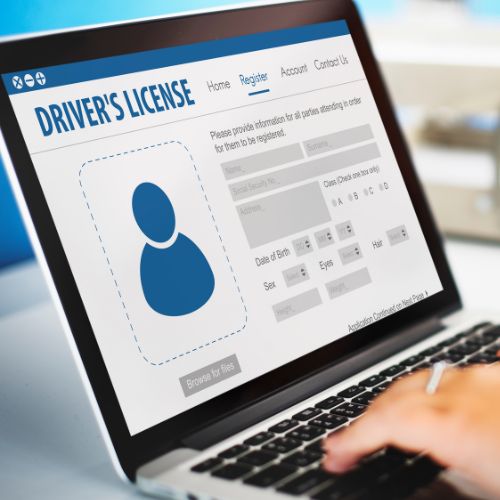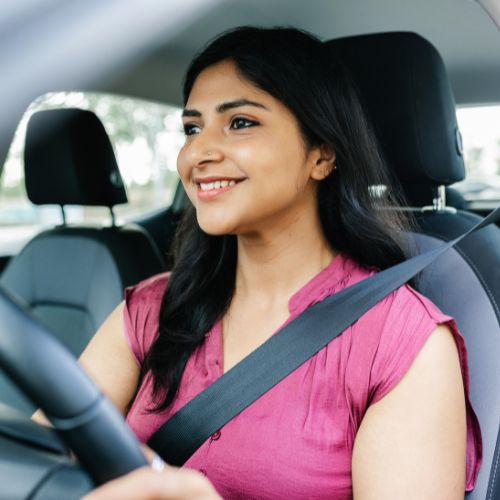A Guide for First-Time Drivers in India
When you’re about to start learning how to drive, you’ll face an important decision right away: should you learn on a manual or automatic transmission?
In India, where roads vary tremendously and you’ll encounter everything from vintage to modern vehicles, this choice matters more than you might think. Both options have distinct advantages and drawbacks that are worth considering based on your specific needs.
Manual Transmission: The Traditional Choice
Manual transmissions (or stick shifts) put you in complete control of gear changes. They’ve traditionally been the standard for Indian drivers, especially for those with budget-friendly vehicles.
Why consider learning manual first:
- You’ll be able to drive most cars in India, as many budget models, taxis, and used vehicles still use manual transmission
- You get more precise control over your vehicle, which is particularly helpful on challenging terrain
- Manual cars typically cost less to purchase and maintain
- You’ll develop a deeper understanding of how vehicles operate mechanically
The downsides:
- City driving with constant stop-and-go traffic becomes exhausting with constant clutch work
- It takes longer to become proficient, especially mastering hill starts and clutch control
Automatic Transmission: Modern Convenience
Automatic cars handle gear shifting for you, letting you concentrate more on driving and less on mechanical operations.
Benefits of starting with automatic:
- The learning process is simpler without clutch pedals or manual shifting
- Urban driving becomes much less stressful
- Long journeys are more relaxed and comfortable
The drawbacks:
- You’ll pay more for automatic variants
- Learning only automatic can limit your ability to drive manual vehicles when needed
- Fewer budget and older models offer automatic options (though this is changing rapidly)
What Makes Sense for Indian Roads?
Indian roads present unique challenges. You’ll encounter everything from congested city streets to winding hill roads, from smooth highways to unpaved village paths. Manual transmissions give you that extra control and versatility—especially helpful if you might drive different vehicles over time.
However, if you’ll primarily be driving in urban areas and value comfort and ease, automatic might be the more practical starting point. Many driving schools across India now offer automatic transmission courses too.
What’s Right for You?
Manual might be your best bet if:
- You want the flexibility to drive any type of car
- You anticipate driving in varied road conditions
- You’re interested in building comprehensive driving skills
Automatic might suit you better if:
- You want to build driving confidence more quickly
- Your driving will be mostly in cities
- You find the multitasking required for manual driving intimidating
Some new drivers start with automatic to gain confidence before tackling manual. Others prefer to master the more challenging manual first, knowing the transition to automatic will be seamless.
The Bottom Line
Choosing between manual and automatic isn’t about what’s universally right—it’s about what works best for your specific situation and goals.
At Harisree Driving School in Wandoor, Malappuram, we provide instruction for both transmission types, customized to your learning style and preferences. Whether you choose manual or automatic, our instructors will help you become a confident driver ready to handle India’s diverse roadways.





